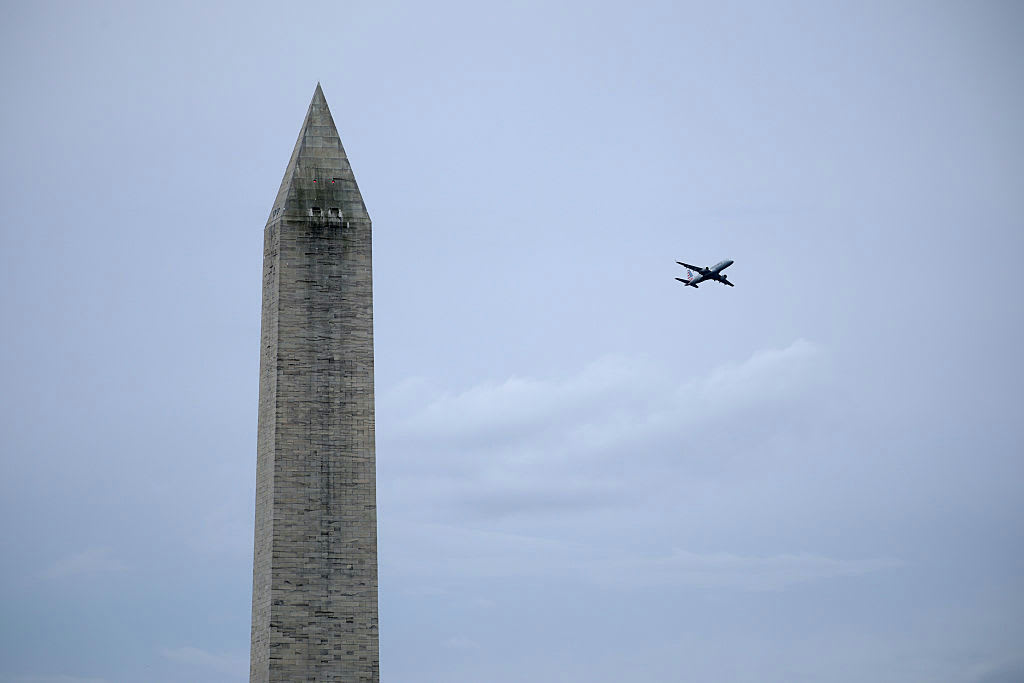Unemployment in the U.S. falls to 13.3%, confounding forecasters
Unemployment around the U.S. declined slightly in May, falling to 13.3% as the economy showed signs of recovering from the impact of nationwide shutdowns caused by the coronavirus.
Employers added 2.5 million jobs last month, the Labor Department said Friday, after April marked the biggest hit to the labor market since records began to be kept in 1948 and sent the unemployment rate skyrocketing to 14.7%.
Payroll gains were unevenly distributed. While the unemployment rate declined for white and Latino workers, it rose for black and Asian workers, to 16.8% and 15%, respectively. The figures stand in contrast to President Trump's jubilant claim Friday that the May employment numbers are a "tribute to equality."
"It's the same old story that we've seen in every post-recession. When everyone recovers, black people are left behind," Olugbenga Ajilore, senior economist at the Center for American Progress, told CBS MoneyWatch.
The latest figures, which defied forecasts of millions of additional job losses, suggest the labor market has hit bottom and is now rallying. Economists predict that layoffs will ease as states reopen their economies following months of being locked down.
As encouraging as the May employment numbers are, the jobless rate is likely to remain elevated for a prolonged period of time. That's because the jobs added in May were mostly people who had been furloughed or temporarily laid off, and employers brought many of those workers back last month, some with the help of the government-backed Paycheck Protection Program. That trend is not certain to continue.
"This much better than expected report reinforces our view that April likely marked the trough in U.S. economic activity," said Fitch ratings chief economist Brian Coulton in a note to investors. "The sharp pick-up in leisure and hospitality jobs and in construction and retail employment speaks to the impact of the easing in lockdowns in May and to the huge share of unemployed in April who were reported to be on 'temporary' layoff."
The sheer scale of payroll losses in March and April as the coronavirus was spreading, which wiped out a decade's worth of job growth, could still take years to reverse, many economists say. After May's report, the number of people with jobs in the U.S. is at the level it was nine years ago.
"Even as astounding as 2 million jobs sounds, that's 10 months to get us back" to pre-pandemic levels of employment, said Bill Spriggs, chief economist at the AFL-CIO. "Ten months is a long time."
A 13.3% jobless rate is higher than the peak of unemployment seen during the Great Recession, when it topped out around 10%. A broader measure of unemployment, which includes people who stopped looking for work and part-time workers who want full-time work, stood at 21.2% in May.
"The bounceback started earlier than most expected, but don't get too excited about this one month of data," Nick Bunker, economic research director for job-site Indeed, said in a research note. "We'll have to see many months of job growth this strong to get the labor market back to a healthy place. And it's far from clear we'll see numbers like this consistently moving forward."
Which jobs came back
Leisure and hospitality companies added 1.2 million jobs in May, regaining about one-sixth of the jobs the sector shed over the two previous months. The construction industry regained half its earlier losses, with about 460,000 jobs added in May, and health care added 420,000 as health-care centers that shut for non-essential care gradually reopened.
However, government lost half a milion jobs, and financial services and transportation and warehouses also saw losses.
The layoffs in local governments are particularly troubling for economists, who foresee further layoffs in this field and others as states and cities approach the end of their fiscal year.
"I'm really concerned about workers who are well-paid public-sector employees because of the hole that has been blown in state and local budgets," Joe Brusuelas, chief economist at global accountancy RSM, told CBS MoneyWatch this week. "It doesn't look like any fiscal rescue is coming, and you'll begin to see those 20% across-the-board reductions which hit teachers, police, firemen [and] administrators."





